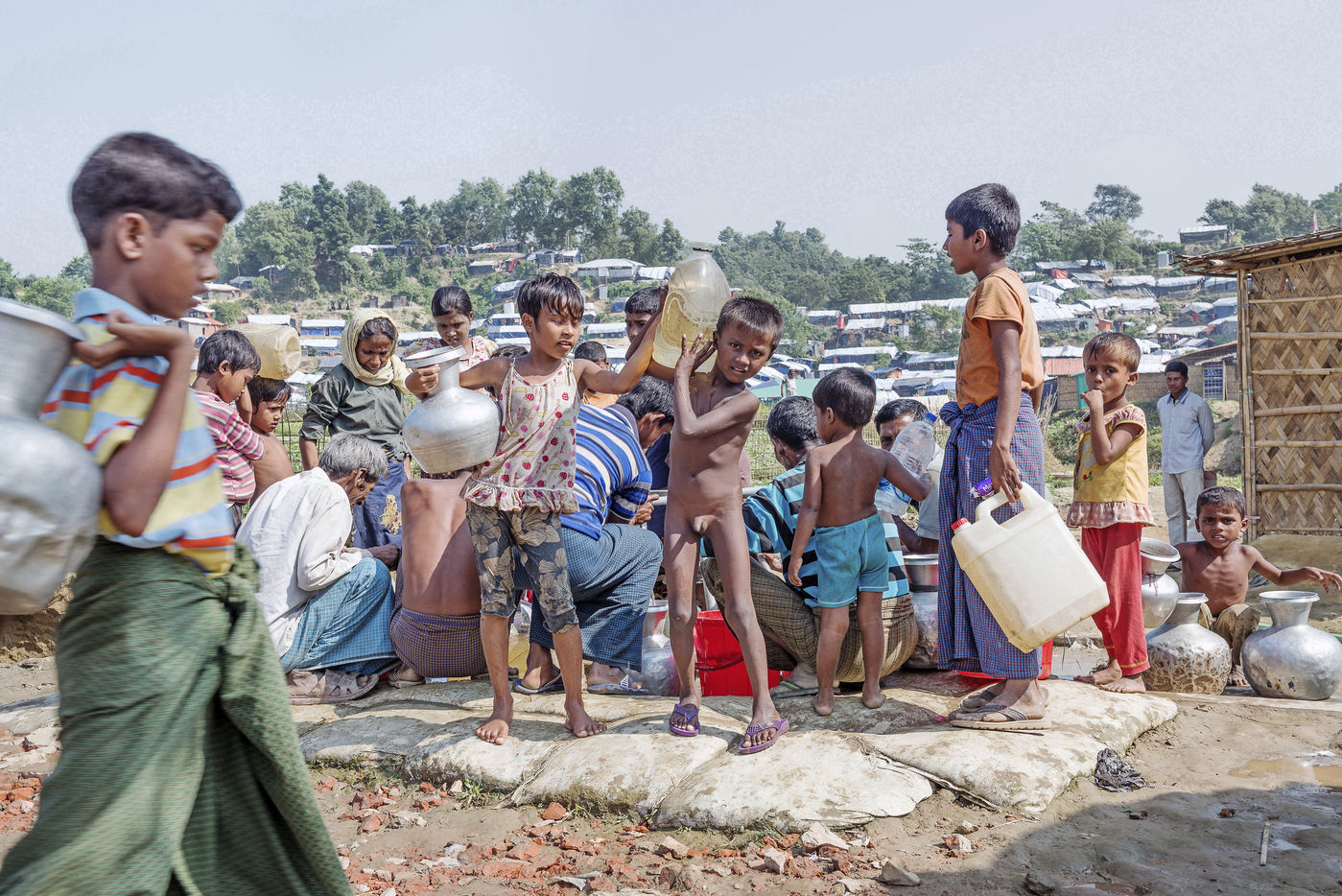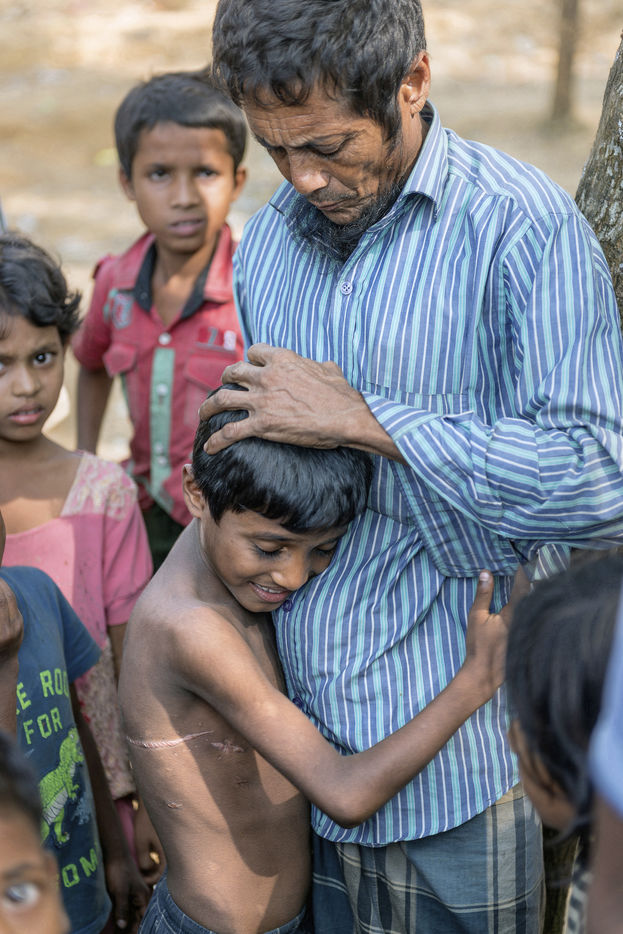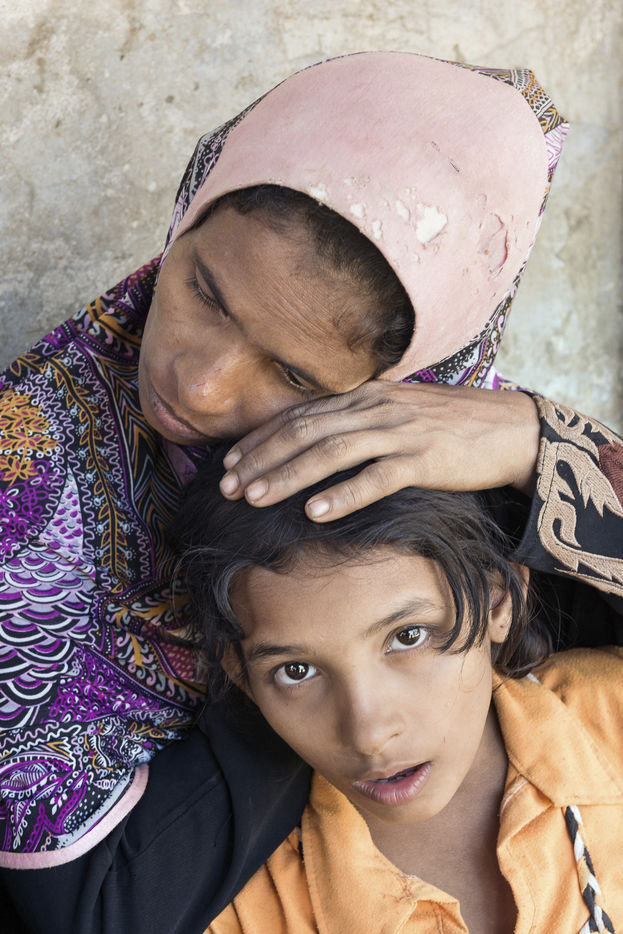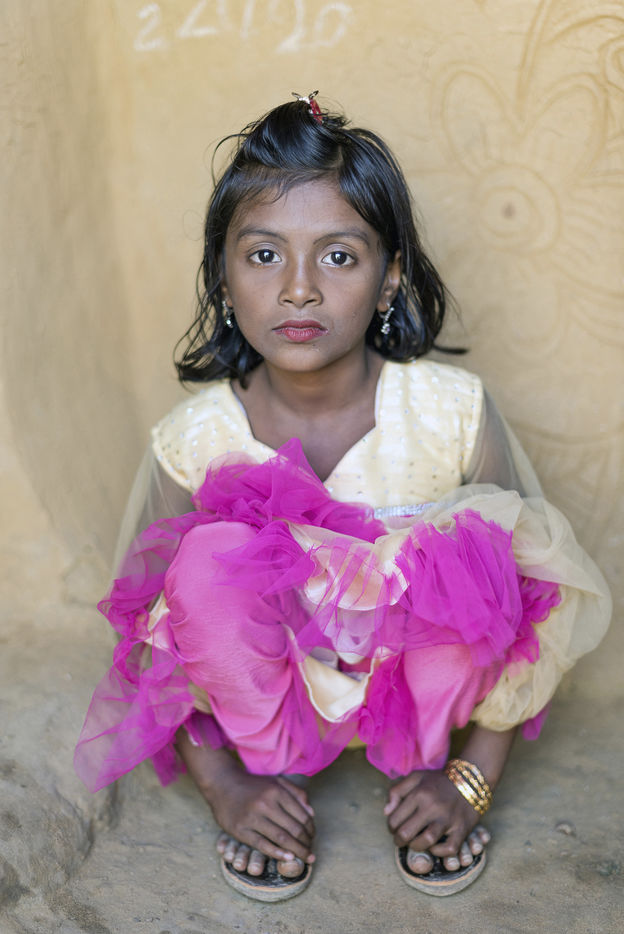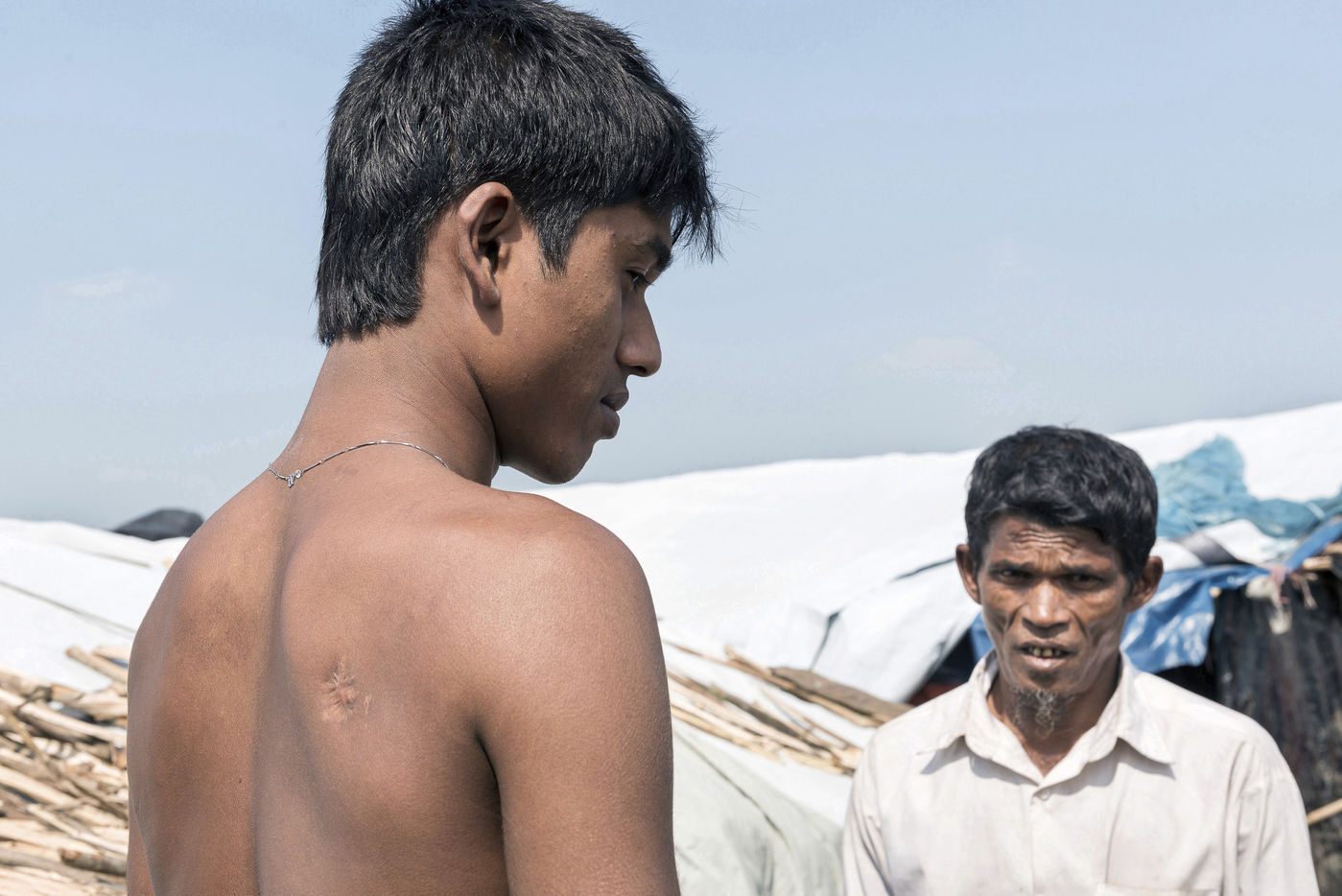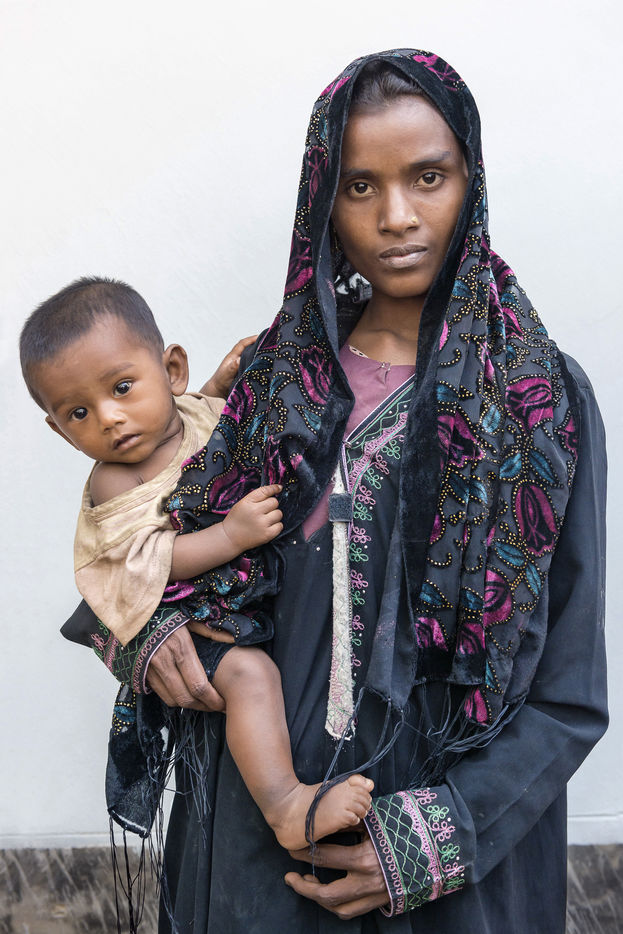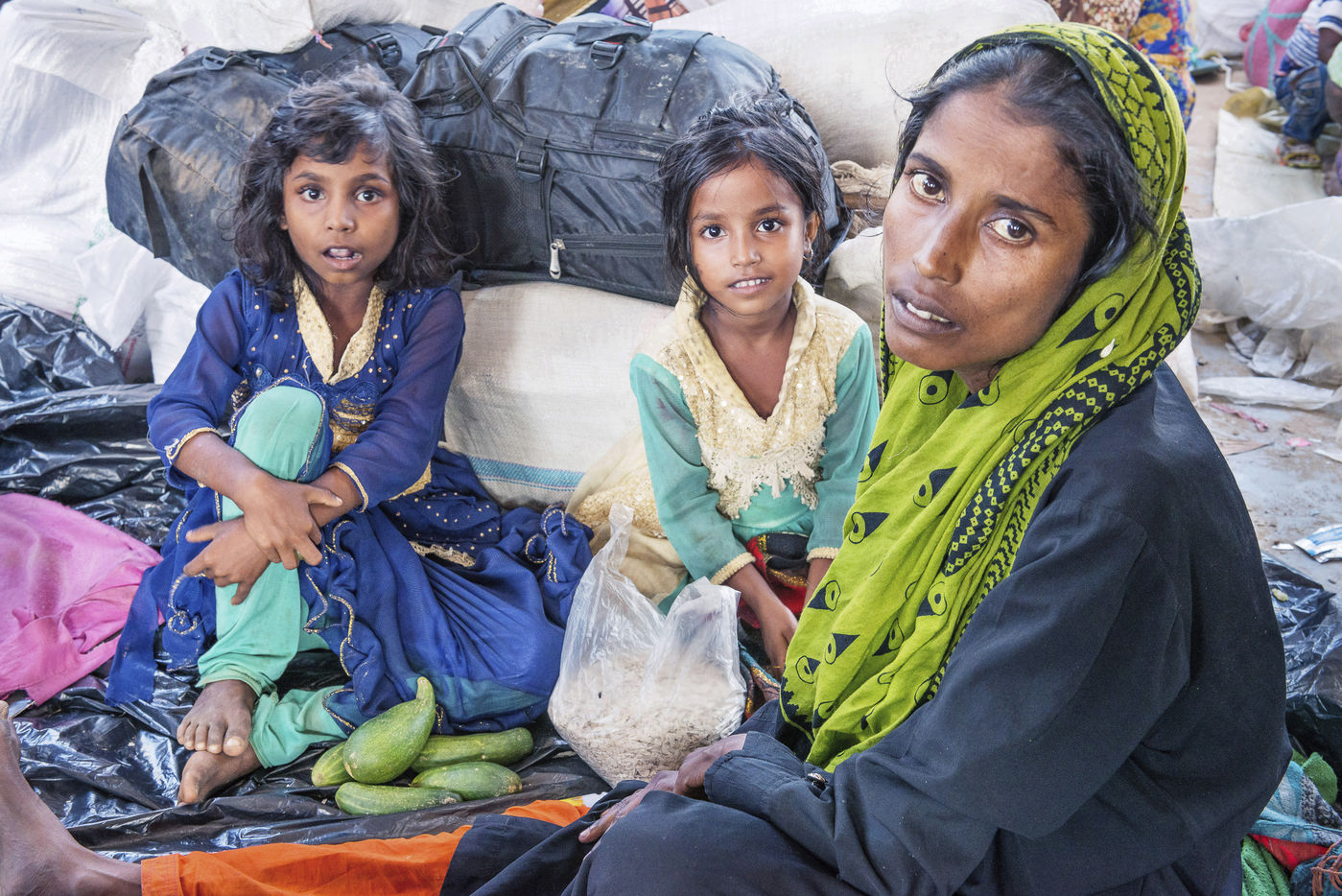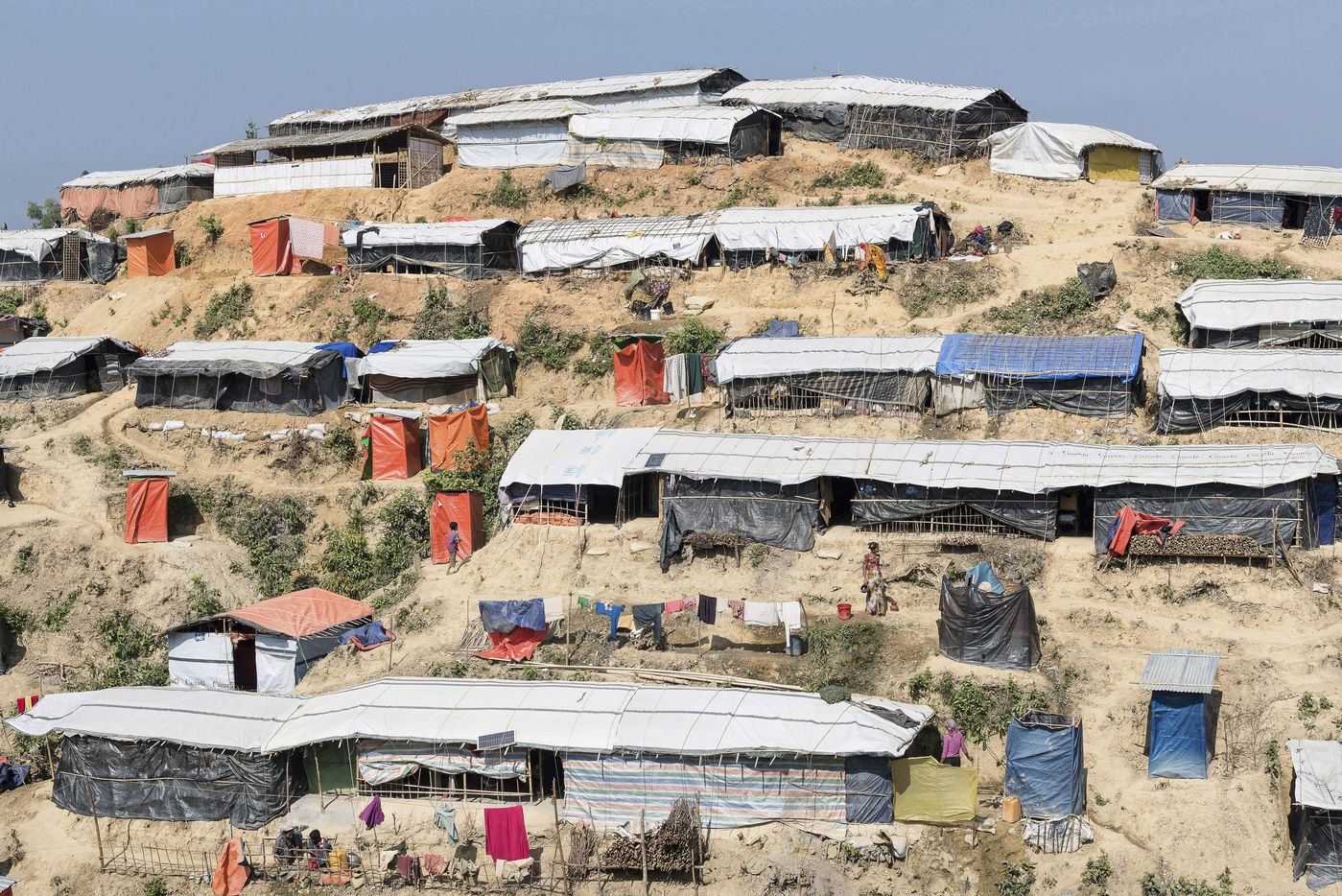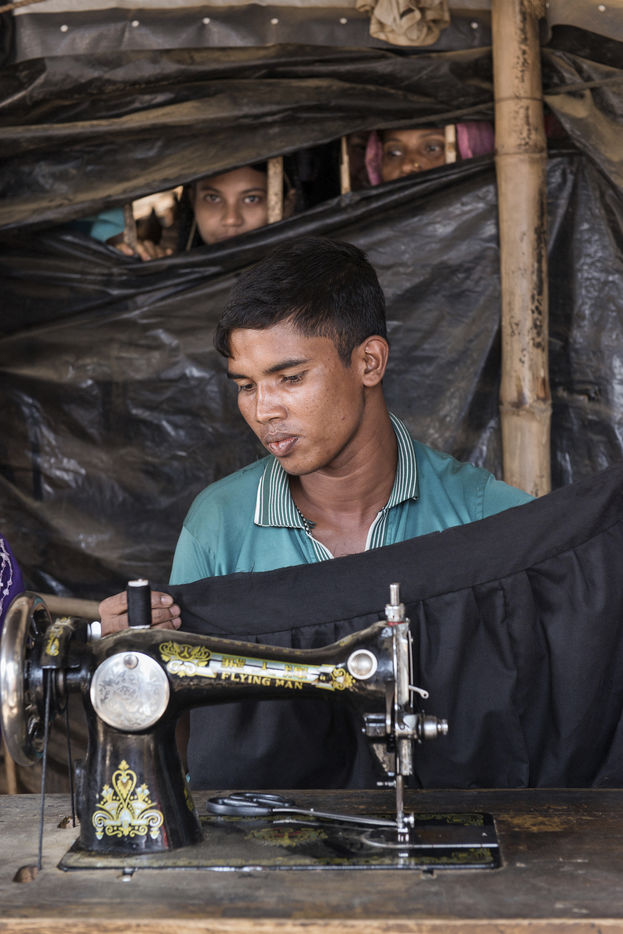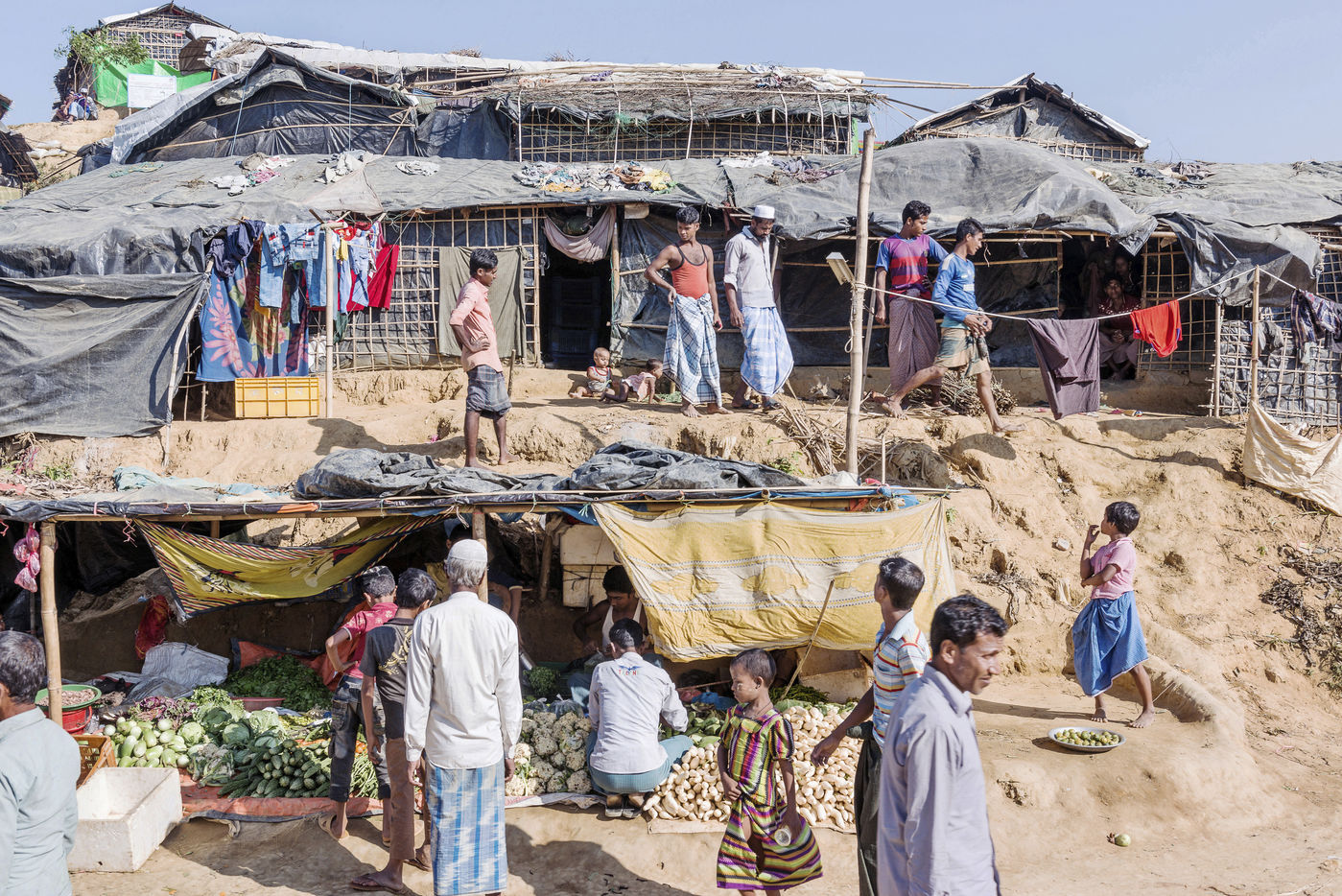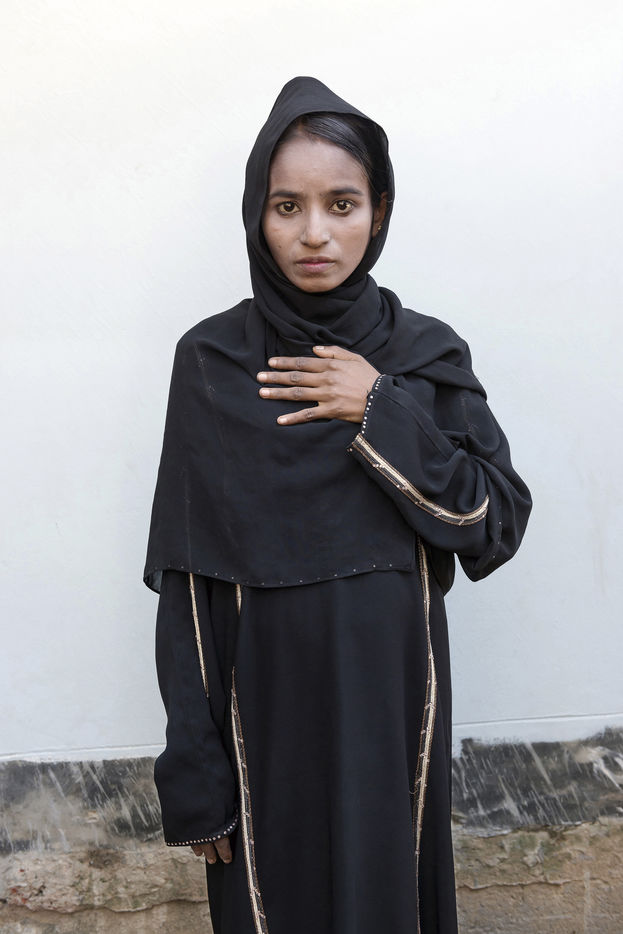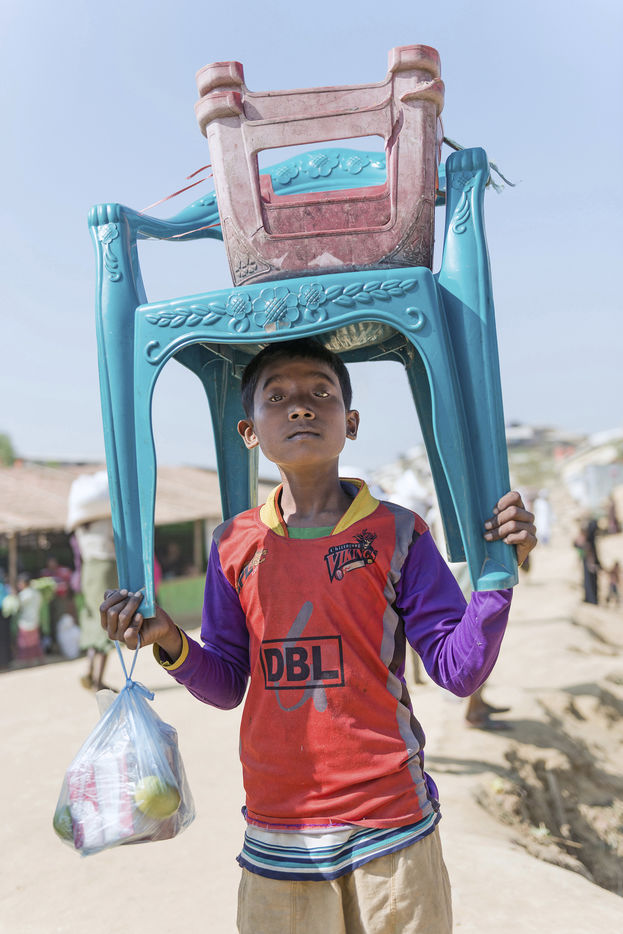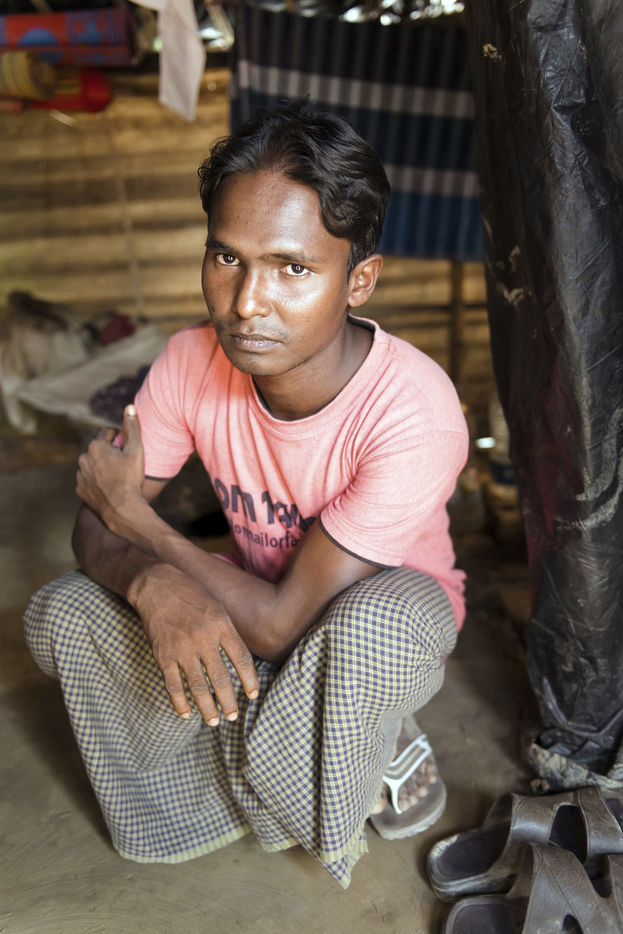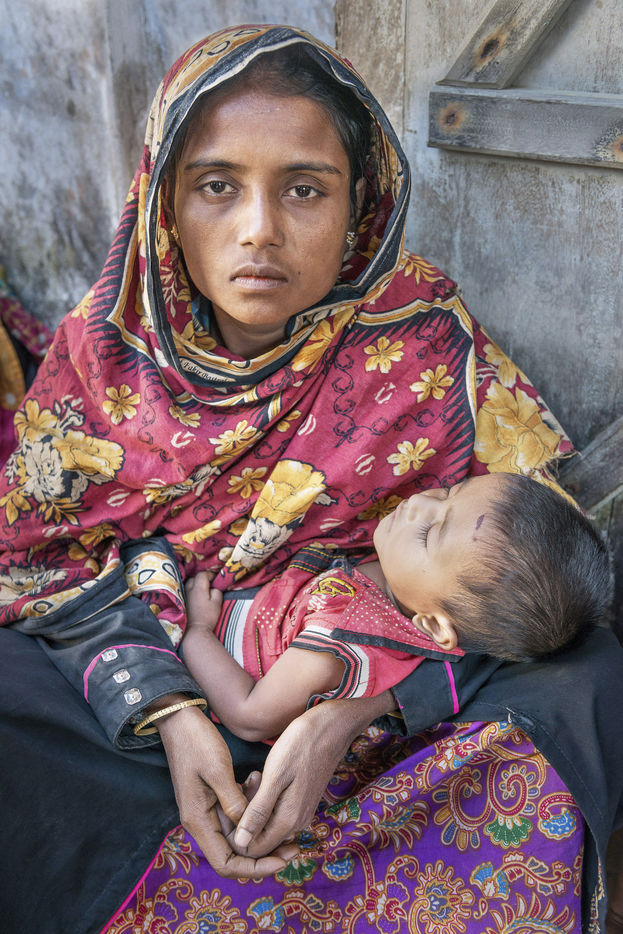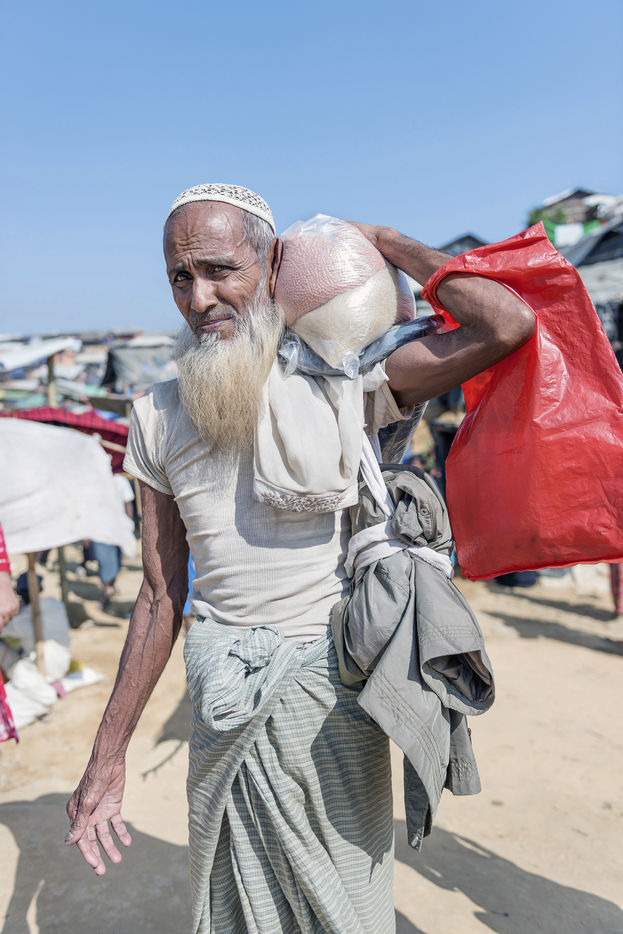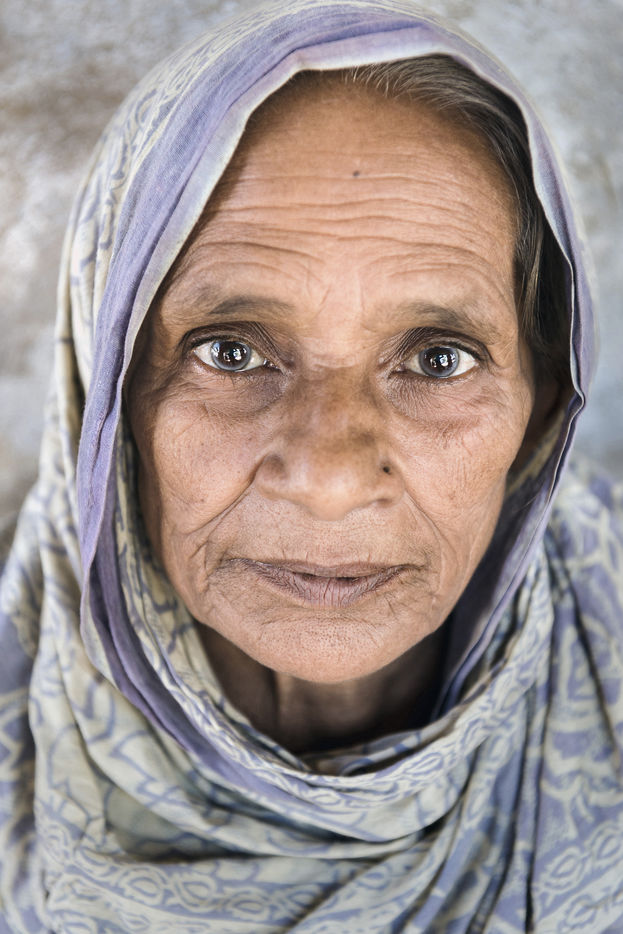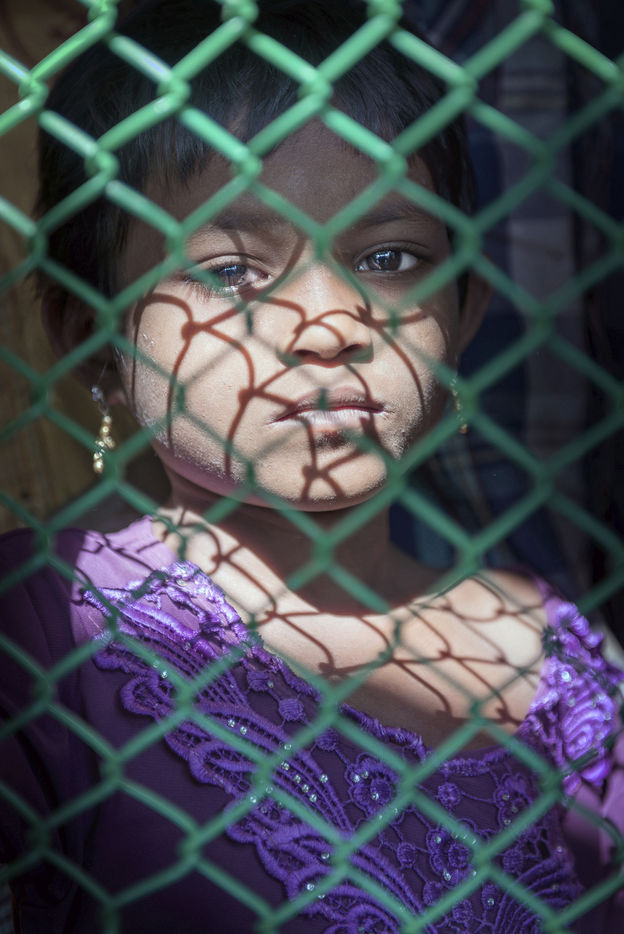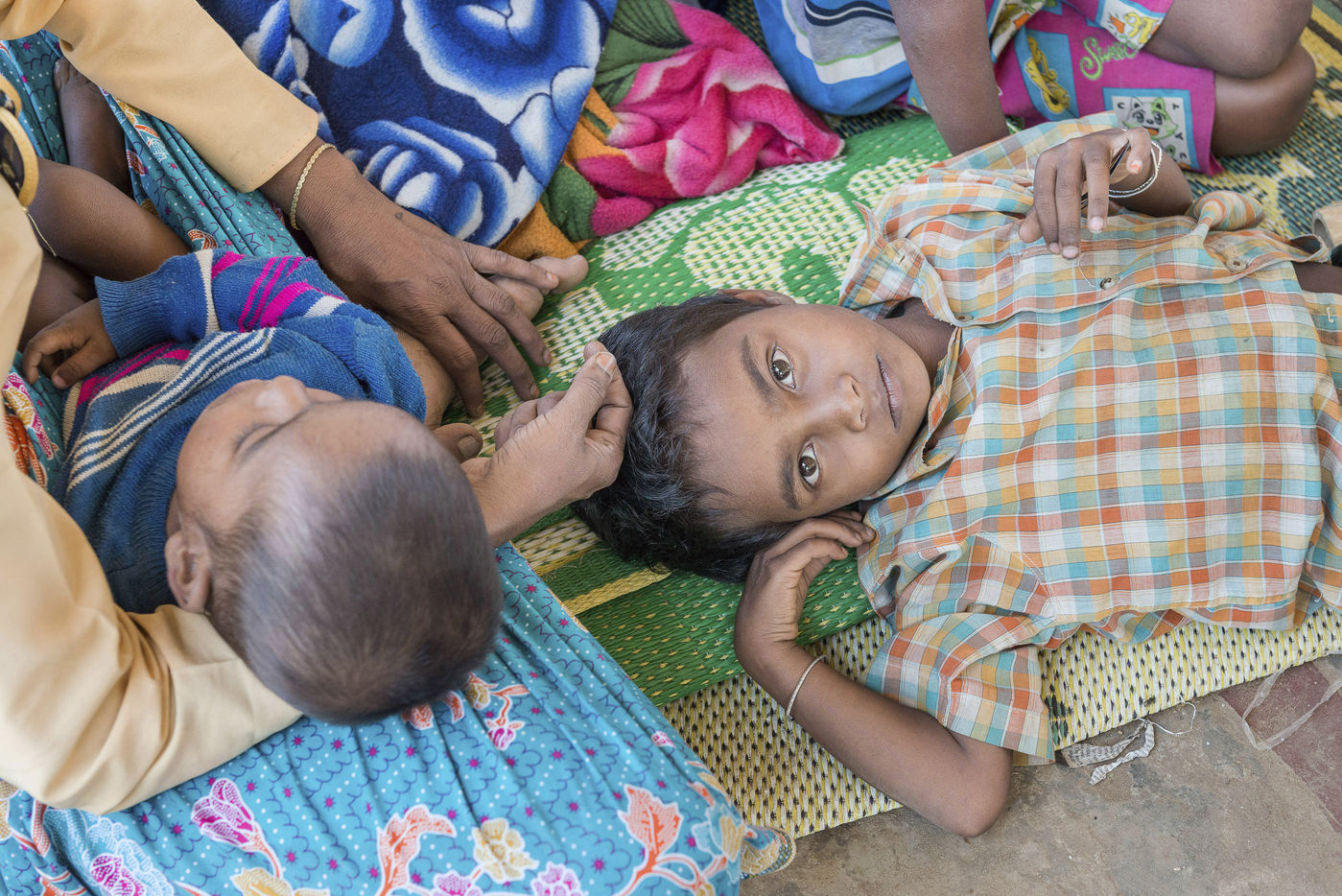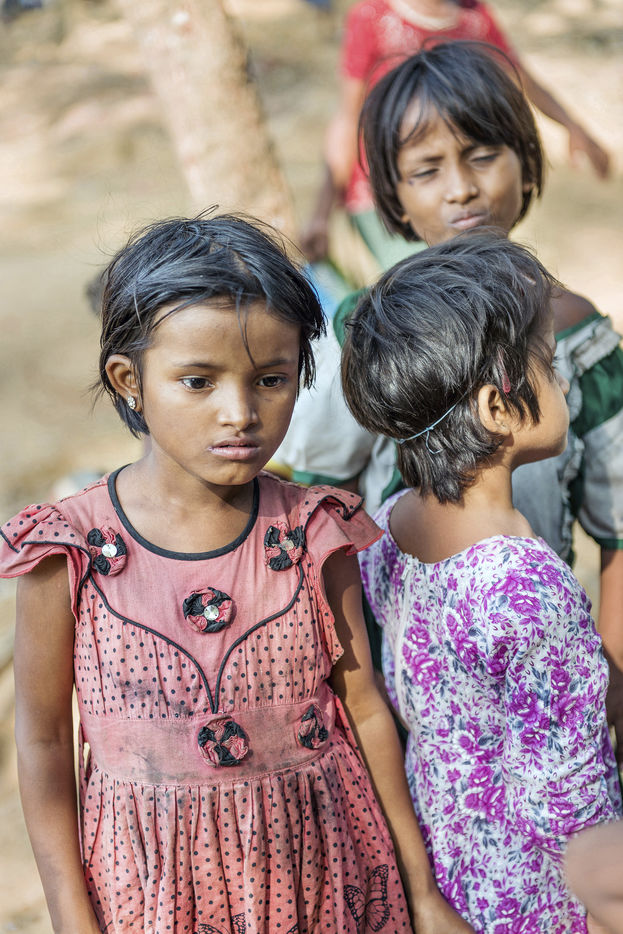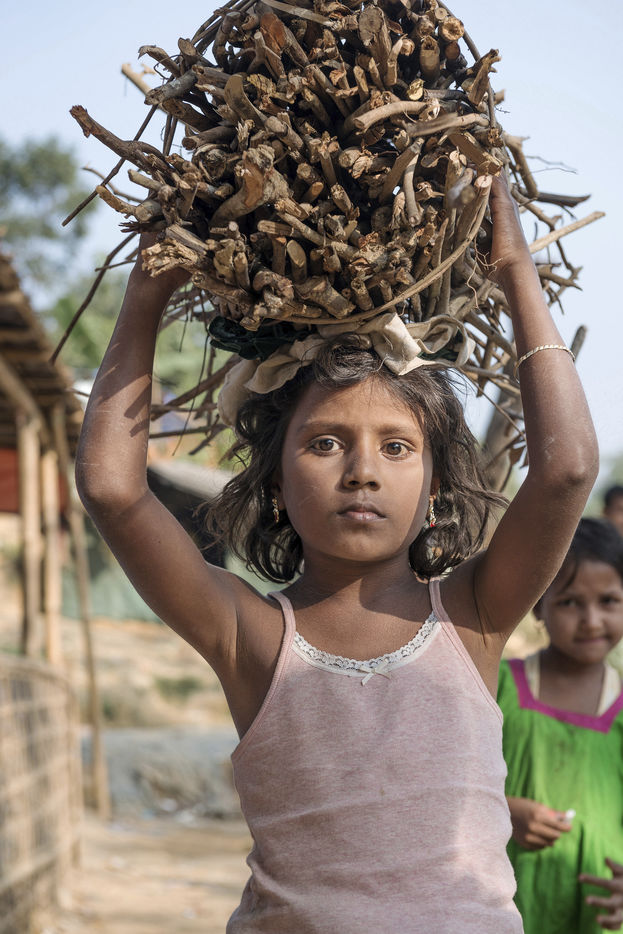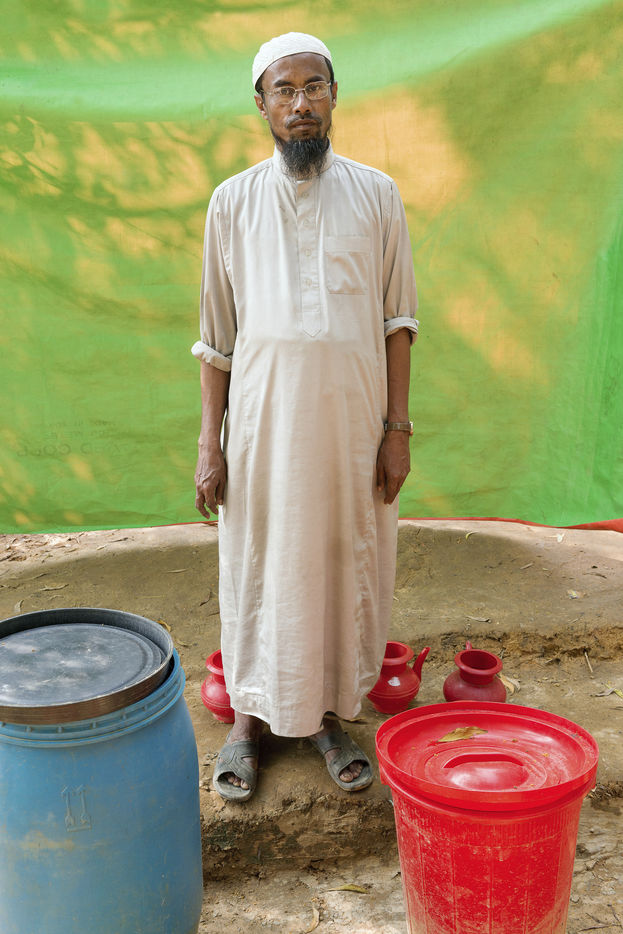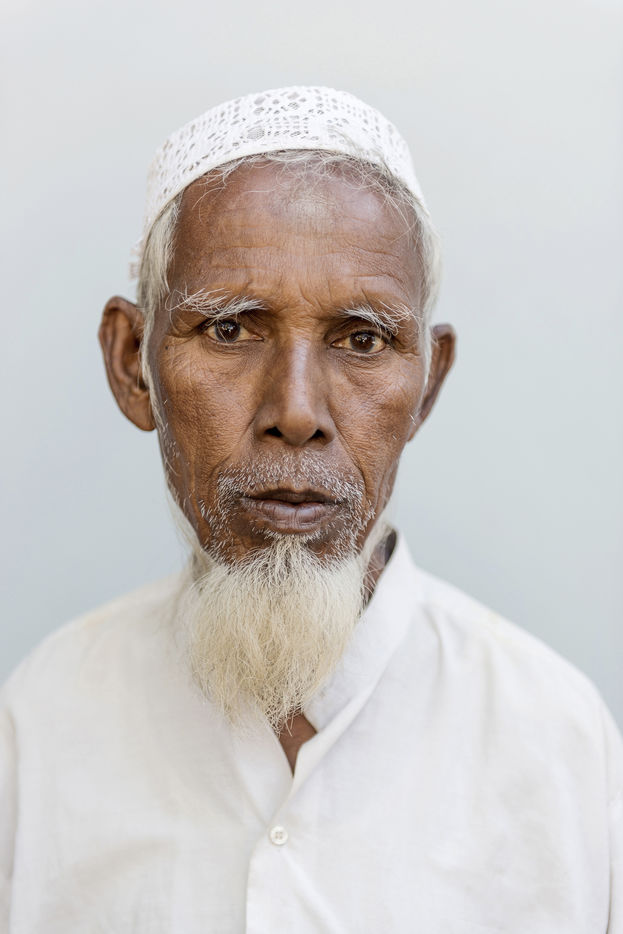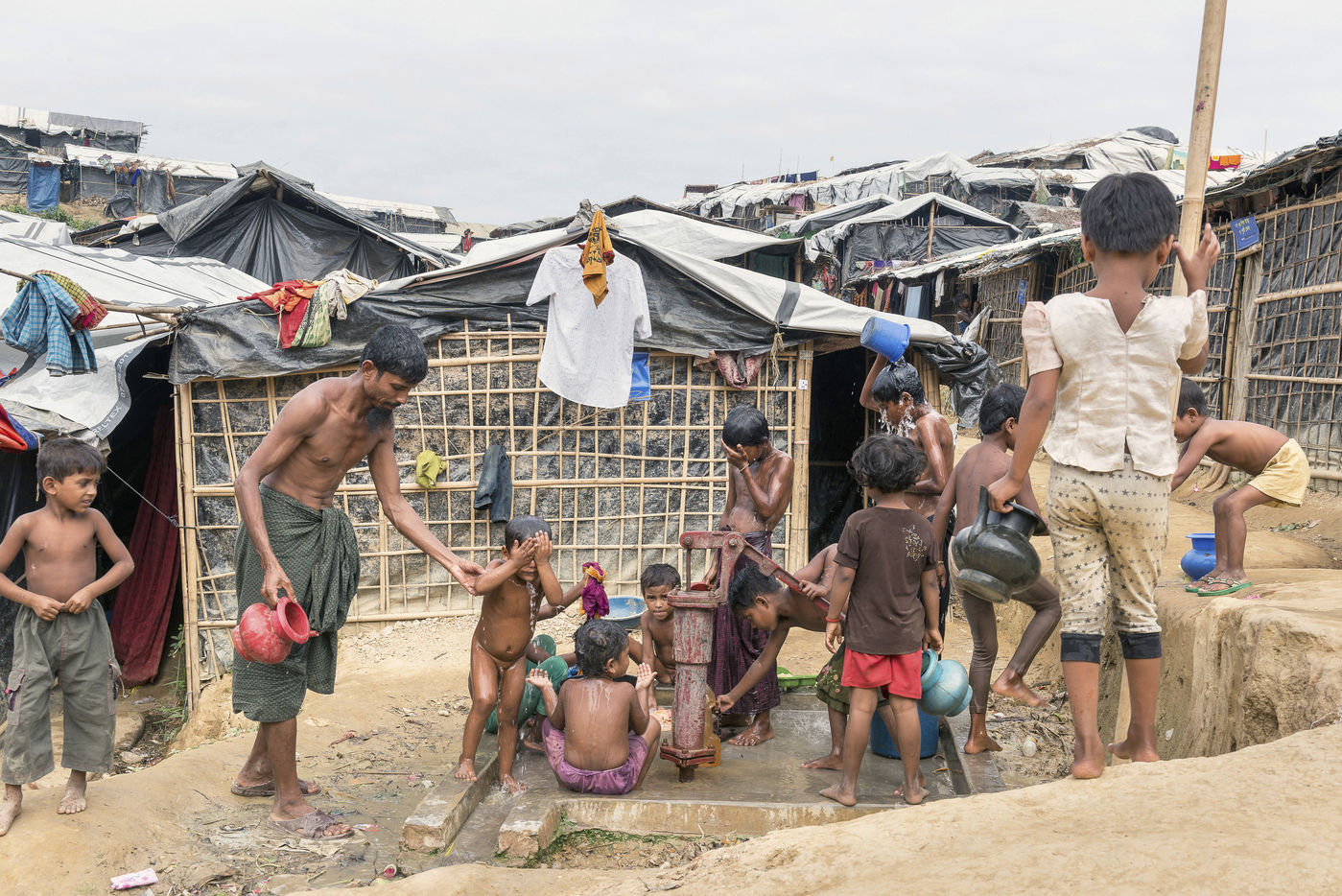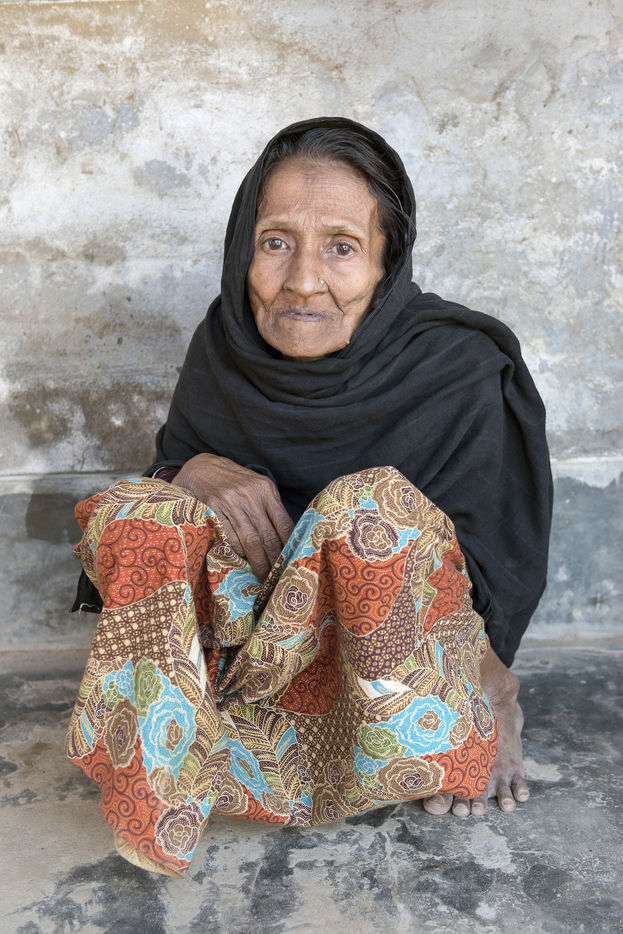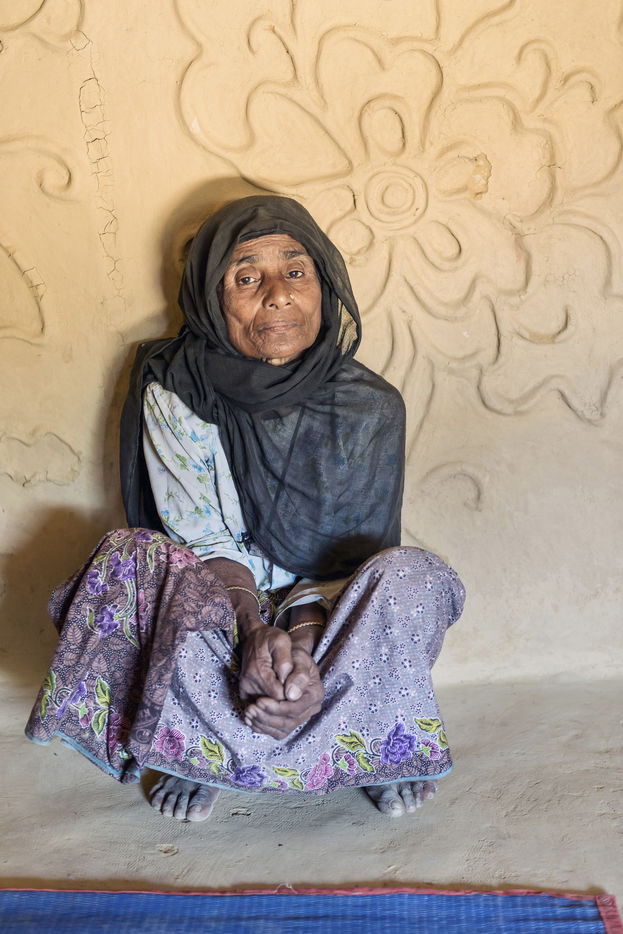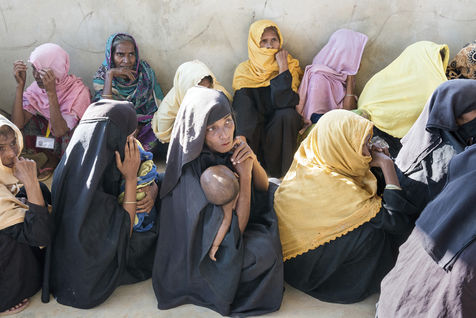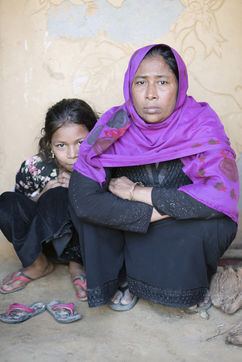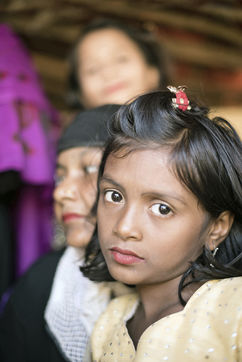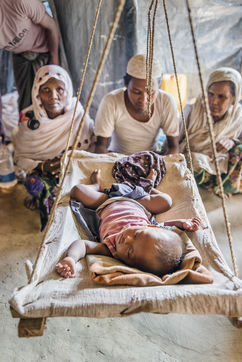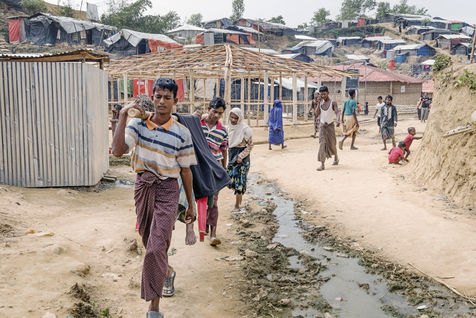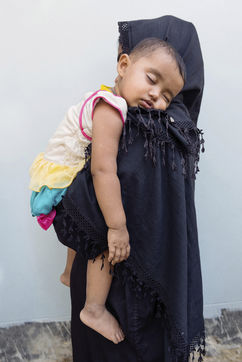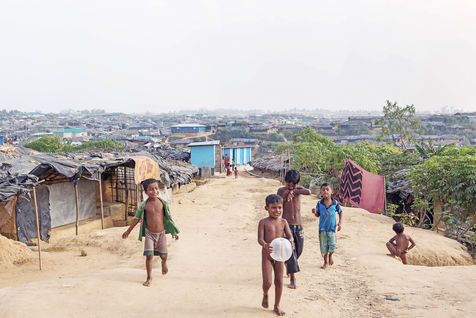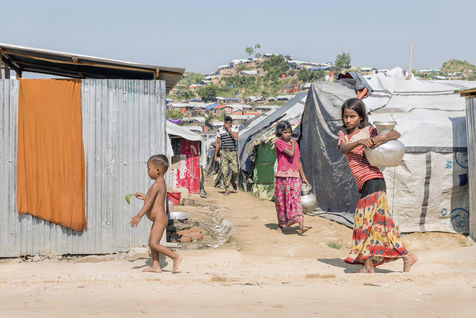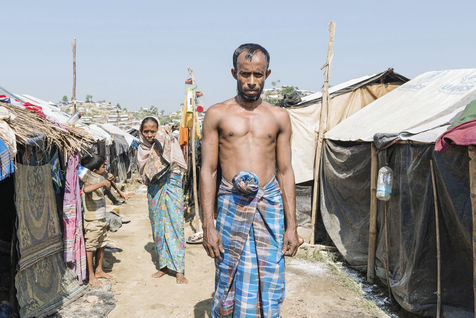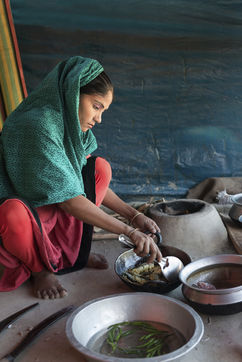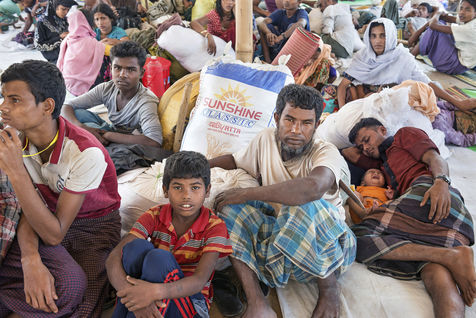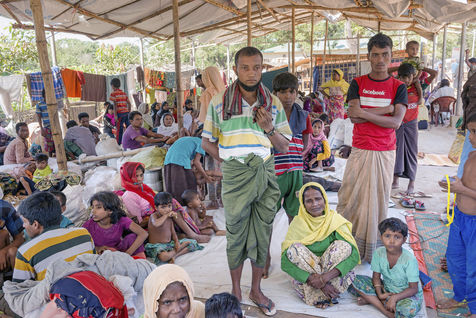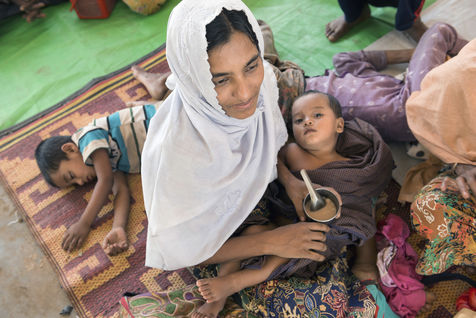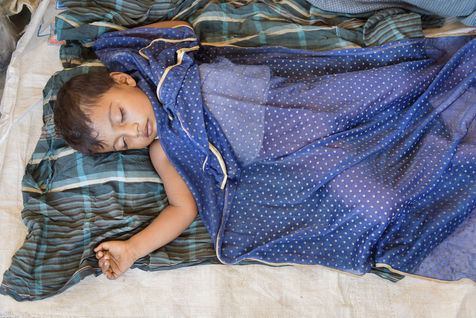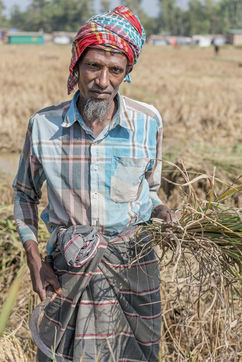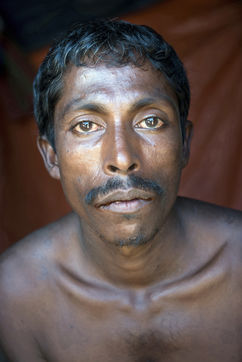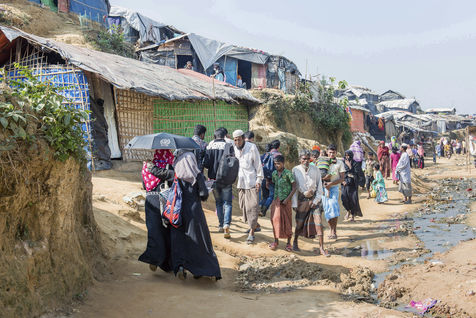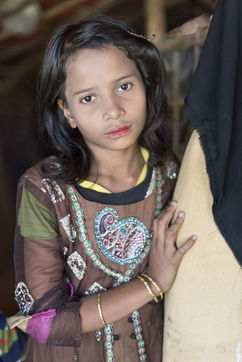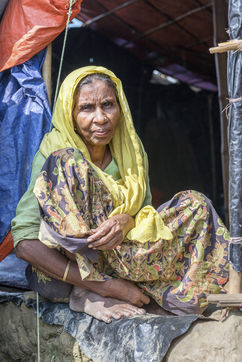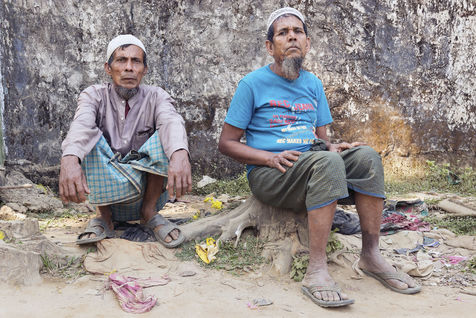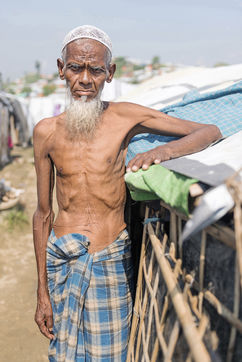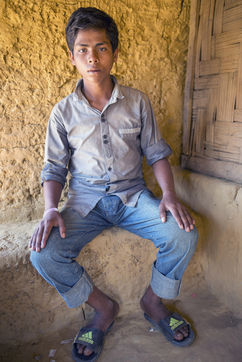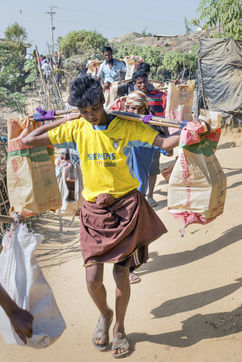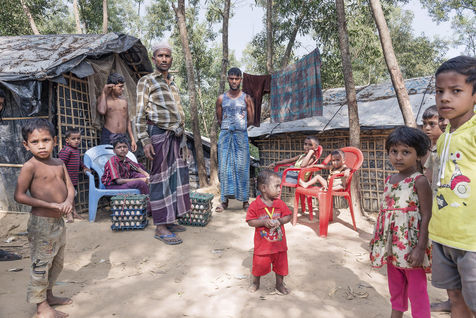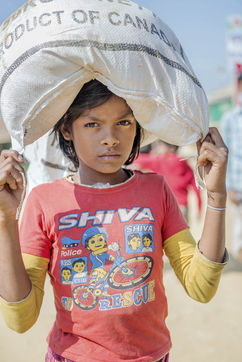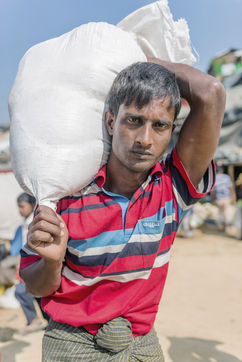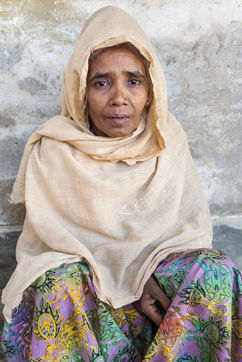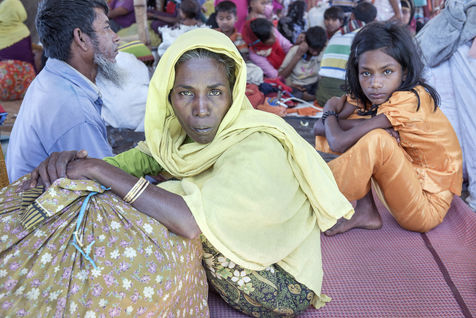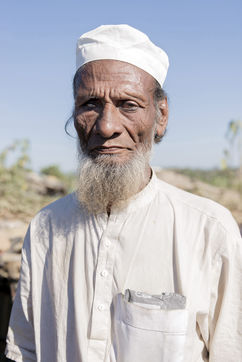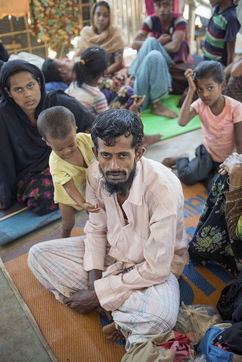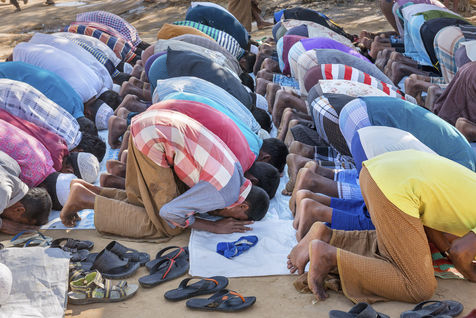Rohingyas, dans les camps du Bangladesh
En cette fin 2017, plus de 2000 Rohingyas traversent encore quotidiennement la rivière Naf, frontière naturelle entre la Birmanie et le Bangladesh. Indésirables dans leur propre pays où l'on cherche tout simplement depuis un an, à les faires disparaître.
Tous les survivants font le même récit: villages encerclés par l'armée puis bombardés de projectiles incendiaires. Ceux qui tentent de fuir sont abattus ou exécutés à la machette, les femmes et fillettes capturées transformées en esclaves sexuelles, le plus souvent jusqu'à la mort. Ceux qui parviennent à leur échapper se cachent pendant des jours, souvent des semaines, dans la jungle sans eau potable ni nourriture, avant de pouvoir se réfugier au sud du Bangladesh, région avec laquelle ils ont des liens culturels et historiques.
Ces camps s'étendent sur des kilomètres, sur des collines stériles. Chaque famille y construit son abri fait de bâches et de bambous, régulièrement emporté par les glissements de terrains.
Près d'1 million de personnes vivent ainsi avec leurs traumatismes et sans savoir quoi espérer, vivant des dons d'ONG.
Des trafics se mettent en place: prostitution, drogues, enlèvements... La promiscuité, le manque d'hygiène, engendrent les maladies: choléra, diphtérie...
Des accords ont été passés entre les états pour un retour au Myanmar mais aucun Rohingya ne souhaite rentrer sans l'assurance de pouvoir y vivre en paix.
Rohingyas, in the Bangladesh camps
At the end of 2017, more than 2,000 Rohingyas still cross the Naf River, the natural border between Burma and Bangladesh, every day. Undesirable in their own country, where for the past year they have simply been trying to make them disappear.
All the survivors tell the same story: villages surrounded by the army and then bombarded with incendiary projectiles. Those who try to flee are shot or executed with machetes, the captured women and girls are turned into sex slaves, usually to death. Those who manage to escape are hidden for days, often weeks, in the jungle without food or clean water, before being able to take refuge in southern Bangladesh, a region with which they have cultural and historical ties.
The camps stretch for miles across barren hills. Each family builds its own shelter made of tarpaulins and bamboo, which is regularly washed away by landslides.
Nearly 1 million people live with their trauma and without knowing what to expect, living off donations from NGOs. Trafficking is taking place: prostitution, drugs, kidnapping... Promiscuity and lack of hygiene lead to diseases: cholera, diphtheria...
Agreements have been made between the states for a return to Myanmar but no Rohingya wants to return without the assurance of being able to live there in peace.
